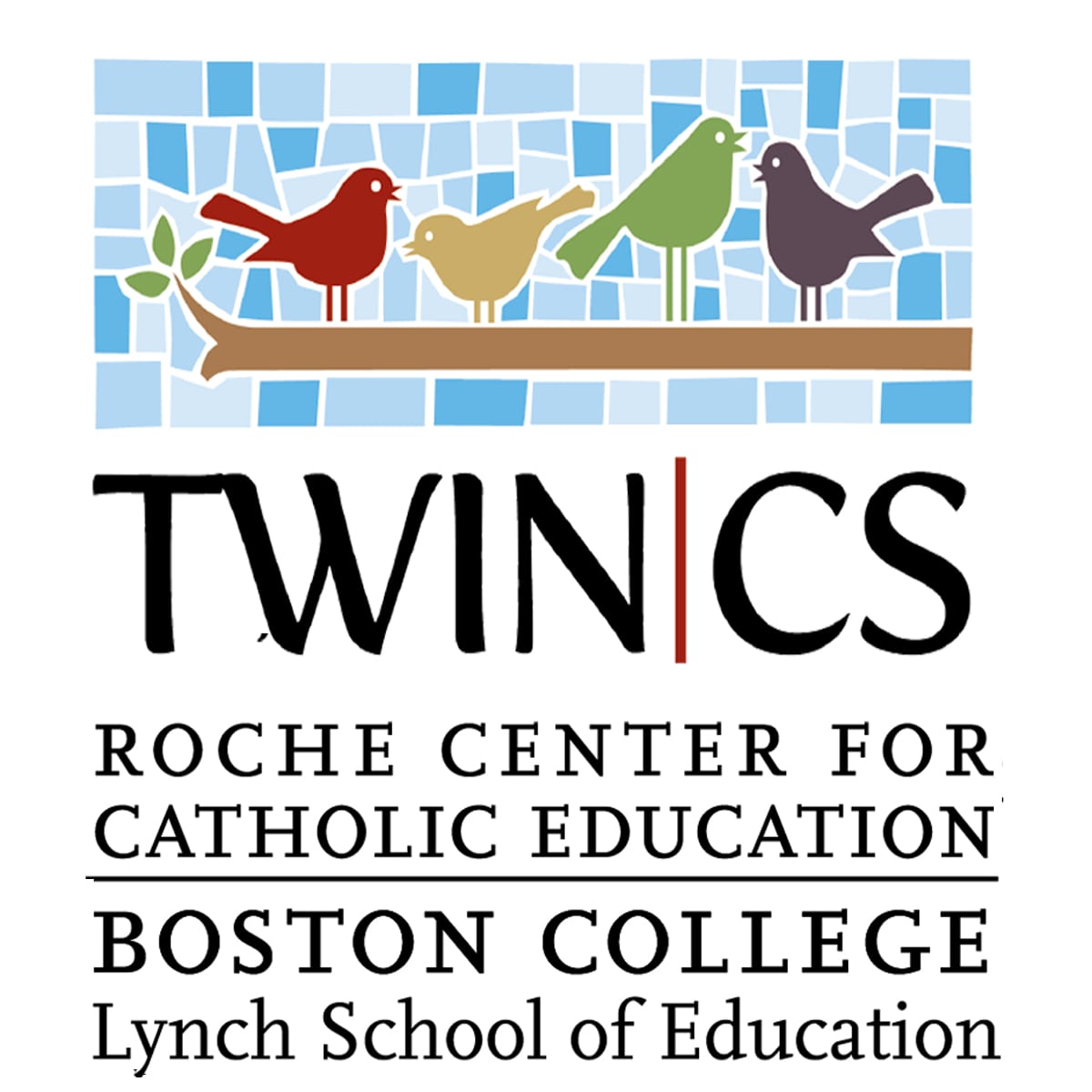A recent publication from Usable Knowledge, an online journal published by Harvard University Graduate School of Education, examines possible reading challenges
(ELLs) experience. Penned by staff writer Grace Tatter, the article delves into common educational gaps that negatively affect educational experiences for ELLs. Educators may not know exactly why ELLs are struggling with reading. Teachers may wonder whether the students’ reading skills are inhibited because they are still learning English or whether they have yet to acquire the reading skills they need to succeed.
The article stresses that ELLs “who are struggling readers too often lack the instruction and supports they need… They might be misdiagnosed with a disability, or a disability might go undiagnosed entirely.” Furthermore, the article states that ELLs tend “to be diagnosed with learning disabilities two to three years later than their native English-speaking peers, and they’re underrepresented in special education before the third grade,” which is “particularly worrisome, since it’s critical to identify reading challenges sooner, rather than later, to get the most out of appropriate reading interventions, and to minimize negative consequences, like low self-esteem.”
Then, when students are in upper-level grades, “they are sometimes misdiagnosed with a disability because they score low on English proficiency tests, simply because they aren’t yet fluent in English or may need support in building their academic language abilities.”
Harvard University’s Harvard Brain. Experience. Education. Lab (B.E.E.) is attempting to identify more efficient ways to “best identify and serve English learners with disabilities,” but while they continue on this arduous journey, they have a few recommendations for educators today:
- If the child is able to read in a language besides English, assess language and literacy in the non-English language (if possible).
- Use informal and dynamic assessments (for example, test, teach, re-test) that allow English learners to demonstrate what they know and how they learn.
- Use multiple measures that cover oral and written language competencies. These can include measures of vocabulary, listening comprehension, phonological processing, rapid naming, phonics, timed and untimed word reading, verbal reasoning, and non-verbal reasoning — all of which can shed light on the source of the difficulty.
- Consult the manuals of all standardized tests administered in your school to investigate how English learners are represented in the norming sample, as well as whether there are specifications for how to modify the test for English learners.
Melissa Hoppie, Graduate Student Researcher

